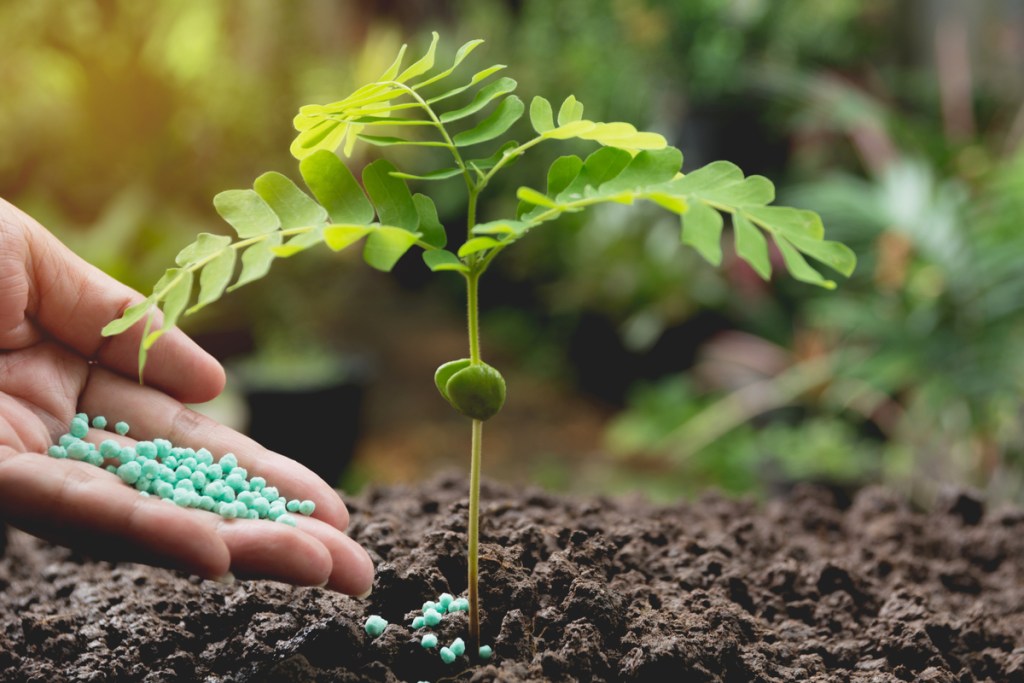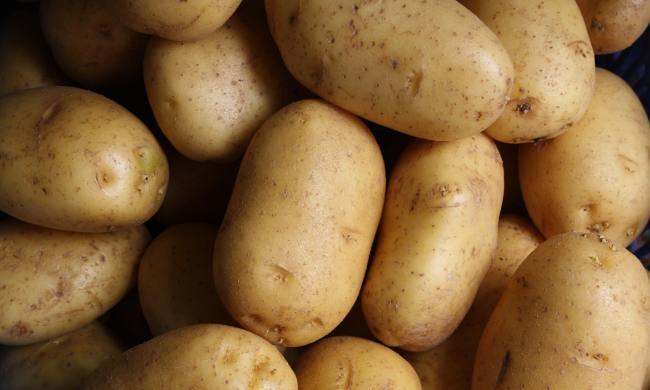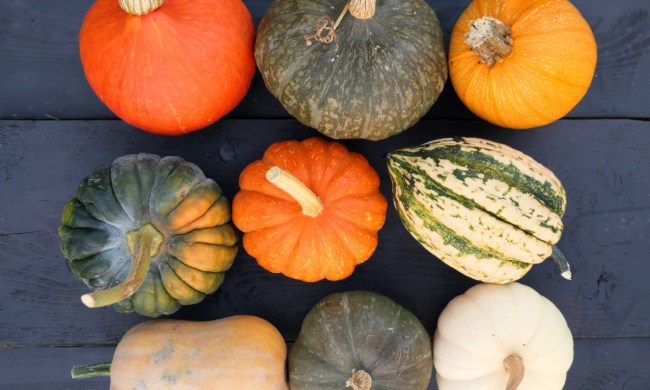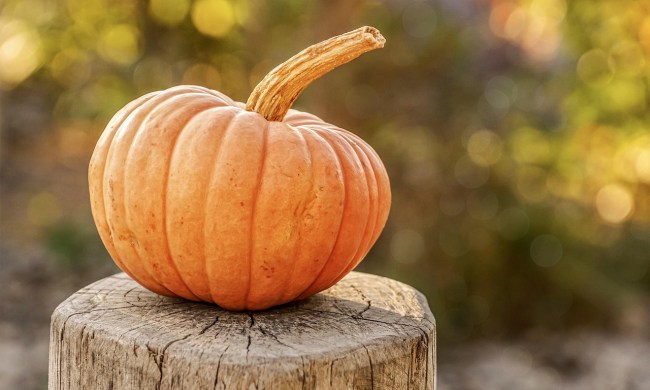With the onset of the pandemic in 2020, home gardening, small deck gardening, and indoor gardening grew astronomically in popularity. For some who cared for indoor houseplants, it was a no-brainer to expand to things like herbs, container-grown tomatoes, regrown lettuce, you name it. For others, it was an entirely new experience! And popular YouTuber Kevin Espiritu was there, no matter the skill level or the question you had. His Epic Gardening YouTube channel was a great place (and still is!) for what’s essentially free gardening classes, and the wealth of knowledge hasn’t stopped now that we can go outside again.
The mission and team behind the camera
Epic Gardening’s goal is to help teach ten million people worldwide how to grow and love plants. As of writing, they’re well on their way to 1.3 million subscribers on YouTube—and that’s just one platform. Epic Gardening is also on TikTok and Instagram. You can find them practically anywhere, which makes the knowledge they’re sharing so accessible.
Although Kevin is the main face of the channel, he has a whole team behind him to help get the free content directly to you. After all, gardening is a treasure not just for the individual, but for the community. His team’s titles range anywhere from lifetime gardeners to succulent fanatics to sustainability specialists. They all bring their own skillset to the table, helping to ensure you’re equipped with the best advice possible to keep those potatoes and tomatoes alive.

How Epic Gardening began
Founder Kevin Espiritu “didn’t grow up gardening,” and had been playing online poker to pay for school when he began growing plants. Because he lived in a small space at the time, he’s familiar with the ins and outs of small space gardening. Although he now has his own backyard garden, it’s comforting to know that his knowledge comes from his own personal experience. That’s why, even if you only have room for a kitchen or patio garden, you can be sure Epic Gardening’s advice can be adapted to your needs.
Kevin and his team have developed and grown to provide high quality, in-depth gardening info that fills a void. When he started gardening, there wasn’t a lot of useful information available online that he could work with. By creating Epic Gardening, Kevin is helping to prevent you from encountering the same magnitude of road blocks he did starting out. (You’ll still have your bumps, but with Epic Gardening’s help, you’ll know just how to get through them.)
What sort of content do they share?
Epic Gardening focuses on answering your most-asked questions and teaching you things you didn’t know in a digestible, straightforward way. Kevin himself isn’t a professional, making the content easily approachable and engaging. (It’s nice to feel like you aren’t alone when you see traces of rats in your garden.)
Growing and caring for your home garden
Epic Gardening covers a wide range of topics when it comes to caring for your garden and successfully growing plants, from building a DIY tomato trellis to mistakes you’re making with your composting process. If you dig through their backlog of videos, you’ll find others that help explain what USDA hardiness zones are and how to help your vegetable garden when there’s been too much rain. Epic Gardening takes the simple, minute details the everyday gardener has to deal with and explains them in easily digestible ways.
Debunking gardening myths and hacks
With the popularity of short-form media comes an increasing amount of “hacks” that are designed to make life easier — but that isn’t always what they accomplish. Because you’re seeing them in such a short-form capacity, chances are they either don’t work in the long run, don’t work for everyone, or have steps that have been cut out.
That’s where Epic Gardening comes in. Kevin makes quite a few videos that roast popular gardening hacks, discussing things like when it makes sense to germinate flower seeds in a kitchen sponge and filling in gaps of information that these hacks leave out. (He even looks forward to these videos.)

Challenges exist for every gardener
The most important thing to keep in mind as you peruse Epic Gardening’s breadth of knowledge is that it doesn’t come without hardship. The content you’re seeing follows lots of growth, lots of mistakes, and lots of learning as a gardener. As you’re starting out, take Epic Gardening’s advice and run with it — but try not to compare your peppers to their peppers. They’ve spent hours, days, months figuring out how best to grow their plants in their location, and you’ll find that, too! It just takes time, effort, and motivation.
Luckily, in this day and age of accessible media, people like Kevin and his team are able to provide you with free gardening classes on their Epic Gardening YouTube channel. Ten, twenty years ago, it wasn’t like that. Now, the gardening community around the world can come together to help each other figure out what kind of pests are on your leaves and why your tomatoes aren’t as flavorful as they could be.


